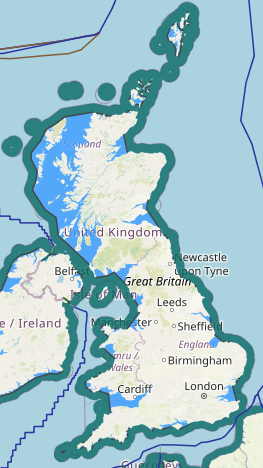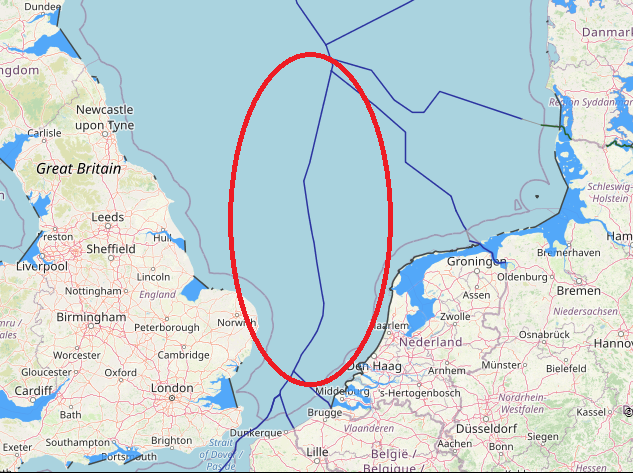In the North Sea, there exists a comprehensive network of continental shelf
boundaries – something that can be attributed to the positive and close relationships
between the littoral states as well as their urgent desire to gain access to
seabed resources. Chronologically, delimitation activity was at its most intense
in the period 1965 to 1972. some doctrine distinguishes between two
types of delimitation. Firstly, those delimitations which were based on the principle
contained in Article 6 of the Convention on the Continental Shelf of 1958
and were largely concluded in the period 1965 to 1968 shortly after the Convention
on the Continental Shelf came into force in June 1964. this doctrine places the
following agreements in this category: Norway and the UK (1965 and 1978),
Denmark and Norway (1965 and 1979), Norway and Sweden (1968), Denmark
and the UK (1966 and 1971), The Netherlands and the UK (1965 and 1971).
The second group identified consists of the multiple agreements that were
either altered or inspired as a consequence of the North Sea Continental Shelf
cases of 1969 and subsequent cases and are therefore based on the concept of
equitable principles. The North Sea Continental Shelf cases helped to relieve
Germany from the geographical disadvantage its generally concave coastline gave
it when delimitations on the basis of equidistance were proposed. This group of delimitation agreements include those achieved between Germany and The Netherlands (1962, 1964, 1967 and 1971), Denmark
and Germany (1965, 1967, 1969 and 1974), Denmark and The Netherlands (1966),
Germany and the UK (1971), Belgium and the Netherlands (1996), and the abovementioned
agreements between Belgium and France (1990) and between Belgium
and the UK (1991).







